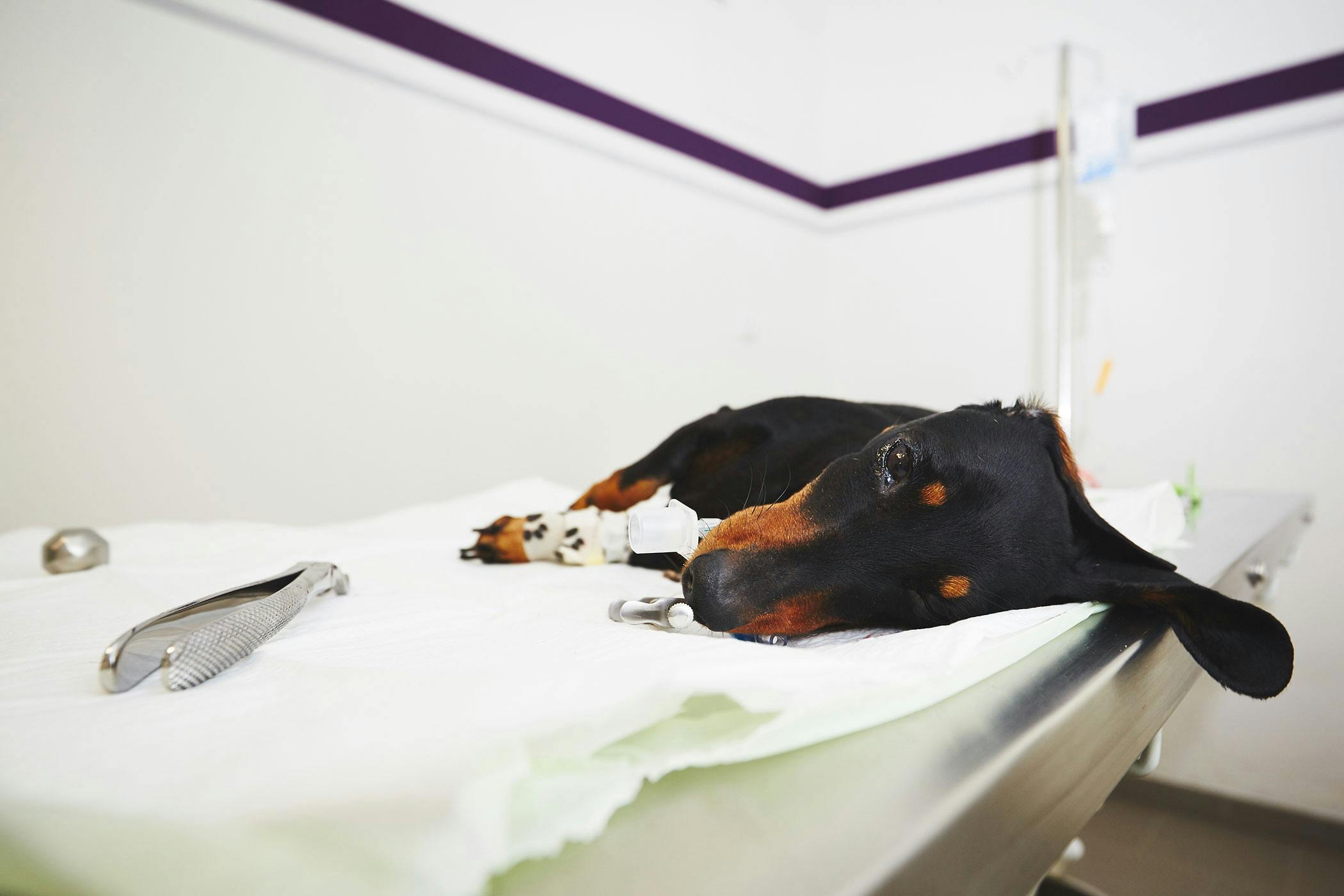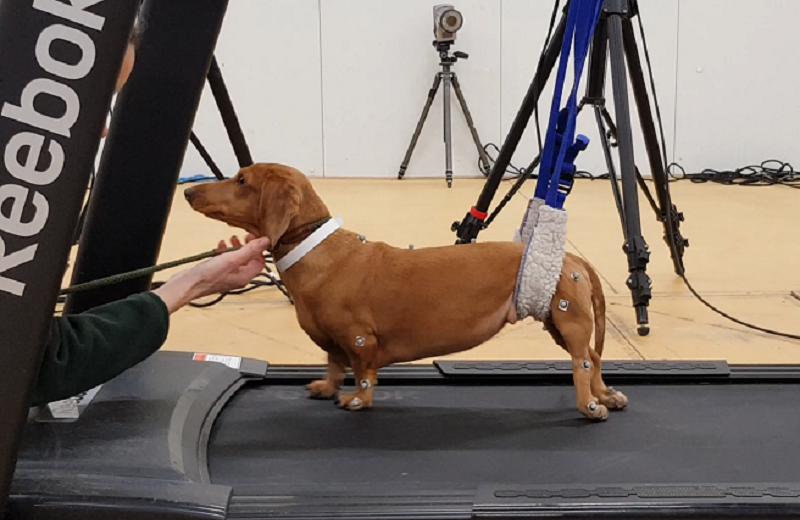A slipped disc is the most common spinal problem seen in dogs. Dogs with these spinal injuries often have been exercising, playing, or have had some mild trauma such as a fall.

A Dog With Spinal Cord Concussion Zani's Recovery on
Loss of tone and reflexes in hind limbs due to softening of spinal cord (malacia) hyperthermia;
Canine spinal cord injury symptoms. Answered by nona wyman on mon, apr 5. (symptoms depend on the location of the tumor) limping; Symptoms of canine spinal stroke.
These can occur independently or at the same time. The most common sign is spinal pain, with some dogs also having fever, depression, and weight loss. The onset of a spinal stroke in dogs is sudden and scary.
Unable to walk or stand; Sometimes the spinal stroke symptoms don’t appear until a few moments later when the initial shock has worn off. A loss of bowel or bladder control.
Observed muscle spasms in the back or neck and increased sensitivity to touch. A spinal cord injury can cause loss of feeling and paralysis below the level of the injury. Symptoms can include everything from mild pain to complete paralysis.
Your pet will appear unsteady especially in the hindquarters and may fall while turning corners. This type of injury may lead to chronic pain, gait problems, or even paralysis, depending on the nature and location of the injury. You should also have the vet check your dog if his head is pulled in and his back is arched.
In addition to the different injuries that can occur, hemorrhage or bleeding within. However, without timely treatment, your dog’s slipped disc can quickly progress and cause irreversible spinal cord damage. Secondary sci causes physical expansion of the primary injury and results from a variety of biochemical and vascular events.
Whether you’re worried about the current state of your dog’s spine or you’d like to understand the potential threats to your furry. When disease occurs within the spinal cord, dogs often present with difficulty walking, loss of coordination or balance, partial or total paralysis, and/or pain. These include laceration of the cord, compression of the spine by a ruptured disk or blood clot, concussion of the spine associated with vertebral fracture or disk herniation, and lack of blood flow associated with blood clots or emboli.
Due to pain, your dog won’t want to stand or jump or climb stairs. Injury or damage to your dog's spinal cord may be caused by a trauma, such as a car accident or falling off the bed, or by an illness or disease, such as degenerative disc disease. Traumatic spinal cord injury (sci) is a disease with devastating effects in dogs, including paresis or paralysis and/or urinary and fecal incontinence.
Therefore, it might be a good idea for pet parents to be able to recognize the typical symptoms of slipped discs in dogs. Symptoms can include pain or weakness in the rear legs, sensitive to touch, arching its back, holding its head up in a stiff position, muscle spasms of the back or neck, reduced activity, loss of bowel or bladder control, and paralysis. A reduction in physical activities.
Symptoms of spinal cord injury. Look for the dog holding its head up in a stiff position, arching its back, muscle spasms of the back or neck, sensitive to the touch, reduced activity, pain or weakness in the rear legs, loss of bowel or bladder control, and paralysis. The onset of signs is sudden, and many are not able to walk immediately after the incident.
As the condition worsens, the pet may. Most of the time when a dog has an fce they cry out and then are suddenly unable to walk on their own. Neurologic signs can develop due to pressure on the spinal cord or, rarely, spread of infection to the spinal cord.
A spinal injury can prove to be just as devastating for a dog as it can be for a human. Mild spinal cord injuries can result in clumsy movement and mild weakness of the limbs. Loss of coordination and balance;
The canine spinal cord injury program is developing and testing methods of improving outcome from both incomplete and complete spinal cord injuries in dogs. Shivering can also be a sign of a spinal cord injury, wildly if your dog is also behaving oddly. Spinal cord disease in dogs can be very concerning to pet parents, as the symptoms are often acute, and affect their movement or control of their bodily functions.
In severe spinal cord injuries, a complete loss of movement (paralysis) and feeling can occur. Moderate spinal cord injuries can cause a greater weakness of the limbs. Your dog will stand on the upper surface of his toes and not on the pads of his paws.
This in turn leads to wearing down of his toe nails and toe bleeding. Spinal cord injuries are a common problem in dogs. Some common signs and symptoms of a spinal cord injury include loss of feeling or paralysis, decreased muscle strength, loss of bladder control, difficulty standing or pain.
Treatment contributes to the recovery and restoration of the dog’s lifestyle. When treated early, the outcomes of spinal cord injury in dogs are usually positive. They may initially yelp and cry out in pain when the incident occurs but show no signs of pain afterward.
The spinal cord conveys information to and from the brain to produce movement, sensation, urination, and defecation. Diskospondylitis occurs more often in larger breeds. Numbness to pain in areas lower than the injury;
Has difficulty lifting their head;

Signs & Symptoms of Dog Spinal Cord Injury Cuteness

Why the Standards of Care for Spinal Cord Injuries Are


